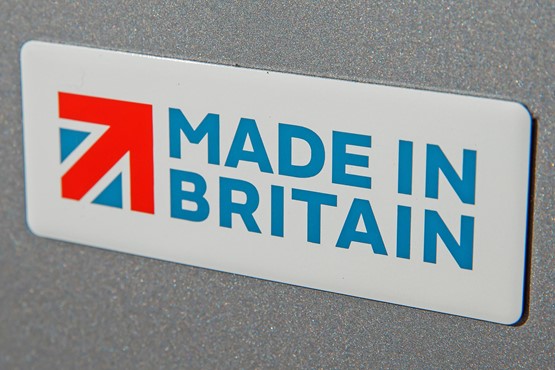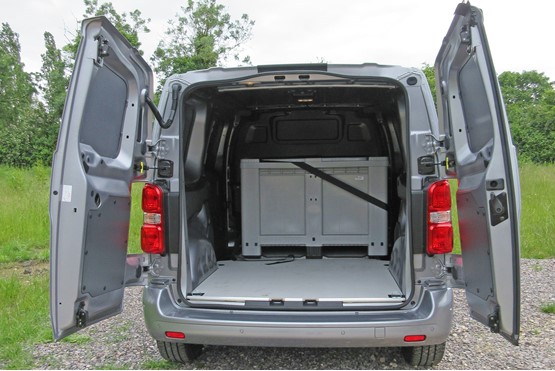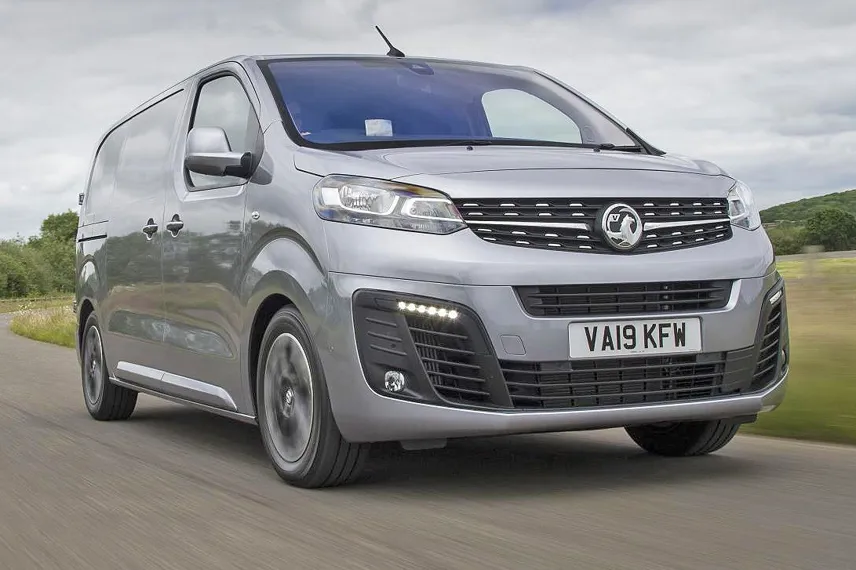Review
 Now the sole volume manufacturer of vans in the UK, PSA-owned Vauxhall is banging the patriotic drum loudly.
Now the sole volume manufacturer of vans in the UK, PSA-owned Vauxhall is banging the patriotic drum loudly.
Each new Vivaro that rolls out of its Luton plant – recently the subject of a £100m investment – bears a ‘Made in Britain’ badge. Its roots, however, lie in mainland Europe.
Just as its predecessor was a rebadged version of Renault’s Trafic, the latest Vivaro is a rebadged version of Citroen’s Dispatch and Peugeot’s Expert. Toyota sells the same vehicle under the Proace.
Vauxhall’s newcomer is produced in van, double-cab and platform cab guise. The double-cab has a second row of seats plus a load compartment at the rear and can transport up to six people.
The van is marketed with two lengths, one roof height and either a 5.3cu m (L1H1) or a 6.1cu m (L2H1) load area. Modest sales mean a high roof version is not being offered this time.
Payload capacity maxes at 1,458kg, which is 200kg more than the departing model could tackle. This means Vivaro has impressive credentials as a weight carrier for a van of its size.
Power comes courtesy of a 1.5-litre diesel at 100PS/270Nm or 120PS/300Nm and a 2.0-litre diesel at 120PS/340Nm, 150PS/370Nm or 180PS/400Nm.
A six-speed manual transmission is standard with an eight-speed automatic gearbox optional if you specify the 180PS engine. It will be available with the 120PS version of the 2.0-litre next year.
The specification walk begins with Edition, moves through Sportive and finishes with Elite.
 All vans come with twin sliding side doors, driver and passenger airbags and cruise control with a speed limiter as standard for the first time. Select Elite trim and you benefit from a raft of safety devices including lane departure warning, speed limit information and blind spot detection.
All vans come with twin sliding side doors, driver and passenger airbags and cruise control with a speed limiter as standard for the first time. Select Elite trim and you benefit from a raft of safety devices including lane departure warning, speed limit information and blind spot detection.
Also available is smartphone integration via Apple CarPlay and Android Auto alongside infotainment systems with seven-inch touchscreens.
I took to the highways of Bedfordshire in a 180PS L1H1 van in Elite trim fitted with the automatic box and with a 400kg test load on board. The Vauxhall accelerated strongly from rest and happily sat at the maximum motorway speed for mile after mile.
Build quality was exemplary – nothing squeaked or rattled – and in-cab noise levels were not an issue. Nor was the handling, with the steering tightening up nicely and delivering plenty of response as Vivaro was pushed hard through a series of rural bends.
Tuning a van’s suspension so that it rides just as well unladen as it does laden can be a challenge for manufacturers.
Vivaro definitely rides much better with some weight in the back, as I discovered when I sampled an unladen L2H1 double-cab.
Its suspension had way too much bounce in it – so much so that I consciously slowed down to keep it calm.
Returning to the 180PS L1H1 auto, service intervals are set at 30,000 miles/two years. WLTP fuel economy is 35.3mpg (low) and 40.9mpg (high) with CO2 at 183g/km and 209g/km, respectively.
Ford’s Transit Custom is the one Vivaro has to beat and that will be a struggle, but the impressive young newcomer is hard on Custom’s heels. The arrival of an all-electric model in 2020 should boost its fortunes further.
John Lewis

















